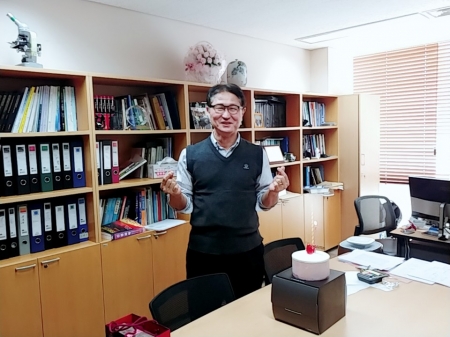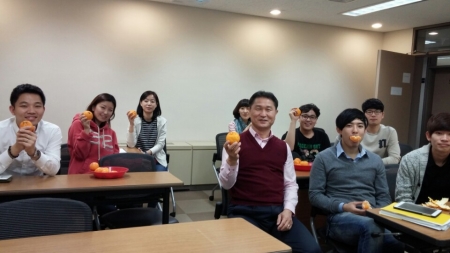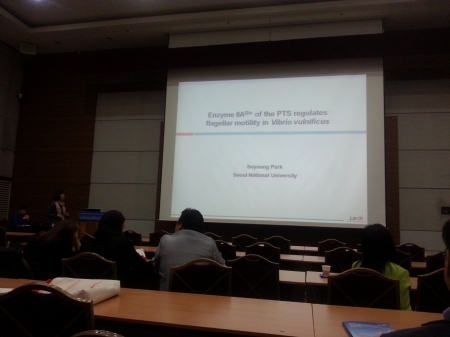
Laboratory of Microbial Physiology
Seoul National University

Laboratory of Microbial Physiology
Seoul National University

Laboratory of Microbial Physiology
Seoul National University

Laboratory of Microbial Physiology
Seoul National University

Laboratory of Microbial Physiology
Seoul National University





